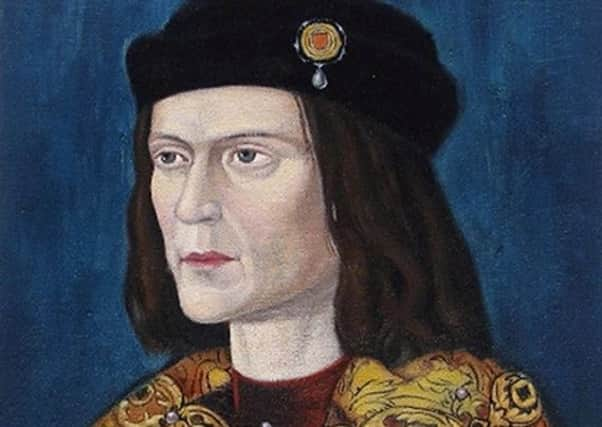Radiator firm provides heat for King’s grave


Radiator Renovator, a small business based in Luddendenfoot in West Yorkshire, fought off fierce competition to win a contract to restore Leicester Cathedral’s giant cast iron radiators in preparation for the Royal reburial.
As Andrew Whittingham of Radiator Renovator observed: “York might not have got Richard III’s remains, but anyone who visits his final resting place will be kept warm by Yorkshire’s Radiator Renovator. We would love to do more work on this scale. The radiators are fit for a king.”
Advertisement
Hide AdAdvertisement
Hide AdThe rightful claim to the bones of Richard III was the subject of a long-running dispute between Leicester and Yorkshire following their discovery by archaeologists in a car park in Leicester in 2012. Richard, who grew up in Yorkshire, died in 1485 at the Battle of Bosworth, which brought Henry Tudor to the throne.
Richard’s detractors say he killed his nephews Edward V and Richard, Duke of York to secure his passage to the throne in 1483. Richard’s modern supporters say Tudor propaganda has falsely convicted him of murdering the princes and wrongly branded him a hunchbacked tyrant. In fact, say the Ricardians, he was a popular and benevolent king.
Campaigners, who included his descendants, fought an unsuccessful legal battle to have the monarch reburied in York.
His remains will instead be re-interred in Leicester Cathedral next month, but the people of Yorkshire are being given an opportunity to honour the monarch and gather at York Minster.
Advertisement
Hide AdAdvertisement
Hide AdRadiator Renovator specialises in sourcing and refurbishing cast iron radiators for homes, restaurants and historic buildings.
The company was created four years ago by the husband and wife team Andrew Whittingham and Vincenzina D’Alessandro.
Mr Whittingham said the work to trace King Richard’s body had led to “one of the UK’s most remarkable archaeological discoveries”.
He added: “Leicester was decided upon (as the final resting place) and this has led to a major refurbishment of the cathedral in preparation for the royal reburial. This has included the restoration of some beautiful and huge cast iron radiators; and that’s where Radiator Renovator comes in.
Advertisement
Hide AdAdvertisement
Hide Ad“Others rapidly backed off when they saw the size and scope of the job.
“With the radiators weighing in at a phenomenal one tonne each, it wasn’t easy. They had to be lifted up and brought up on an articulated lorry. But our practical thinking got around all the complexities and the radiators are now back in Leicester, working well and looking beautiful.
Liz Hudson, the director of communications for the Diocese of Leicester, said: “We are delighted with the work that has been done by all the contractors and skilled craftsmen and women who have been part of this immense project.”
Mr Whittingham observed: “I feel he should be buried in Leicester. That’s where his life ended.”